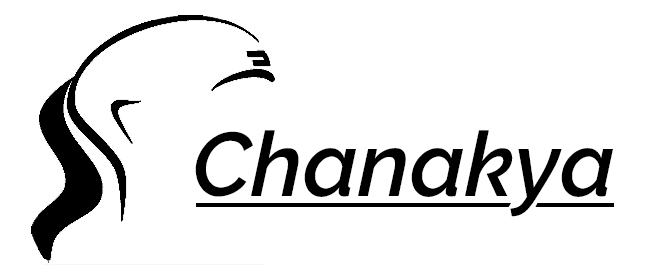README
chanakya-core

Thanks Sachin Pol for the logo.
chanakya is a framework to author chat bots.
It consists of three parts :
- core : the deployment agnostic bot maker.
- platform : a set of plugin to which let you deploy your chat-bot in specific platform. Currently only facebook is supported.
- nlp : a plugin to connect to a given nlp api to parse the text and trigger necessary response by the bot. Currently only wit.ai is supported.
Getting started
- Create a facebook page.
- Create a facebook web app.
- Go to your app settings and, under Product Settings, click "Add Product." Select "Messenger." For old version of developer console you should be able to click on messenger tab directly
- Get page access token as described here and keep a note of it.
- Clone chanakya-starter-kit.
- Open index.js and put your token.
- Run
npm i - Run
./ngrok http 3000 - Open another console and run
node index.js - Setup webhook as described here. In the callback url give the ngrok https url which will look like
https://708f4702.ngrok.io. Remember to append/webhook. So the final url should look likehttps://708f4702.ngrok.io/webhook. Token should be the above token. - Subcribe you app with the page as described here. Do not forget to replace your token.
- Phew no more steps ... head on to your facebook page, open message dialog and say
hi. You should get 2 messages back.
Usage
Application bootstrap
We would need
index.js
var C = require('chanakya'),
Cfb = require('chanakya-facebook');
var bot = C.bootstrap({
mount: '<folder containing chankya artifacts>',
expectation: '<entry expectation>',
token: '<token>'
});
Cfb.init(bot);
Creating a response
chanakya.response takes 3 parameters
- response name (String)
- followup expectation state (String)
- response creation method (Function). It have two parameters which get injected:
tocontains the sender detailvalidatorResultcontains the result form the validator. You can use these two parameters to personalise or customize the response.
chanakya.response('fail', 'greetings', function (to, validatorResult) {
return {
text: `I am sorry ${to.first_name}, I am unable to understand what you mean.`
};
});
Creating a expectation
chanakya.expectation also takes 3 parameters
- expectation name (String)
- validators list (Array) Although it's an array for now it will accept only one validator name
- expectation rules (Function)
After the expectation receives a message from chat window is pass on the message to the validator isGreetings in this case and the result is injected into the 3rd paramter function, res in this case.
chanakya.expectation('greetings', ['isGreetings'], function (res) {
switch (res) {
case true:
return {
data: res,
responses: ['fail', 'success']
};
break;
case false:
return ['fail'];
break;
}
});
Creating a validator
chanakya.validator also takes 3 parameters
- validator name (String)
- blank parameter (null)
- Validation rules (Function)
Validator should always return a Promise. We are using Q to make a promise here.
core.validator('isGreetings', null, function (message) {
return Q.fcall(function () {
return message == 'hi';
});
});
Contributing
License
The MIT License (MIT)
Copyright (c) 2016 Suman Paul
Permission is hereby granted, free of charge, to any person obtaining a copy of this software and associated documentation files (the "Software"), to deal in the Software without restriction, including without limitation the rights to use, copy, modify, merge, publish, distribute, sublicense, and/or sell copies of the Software, and to permit persons to whom the Software is furnished to do so, subject to the following conditions:
The above copyright notice and this permission notice shall be included in all copies or substantial portions of the Software.
THE SOFTWARE IS PROVIDED "AS IS", WITHOUT WARRANTY OF ANY KIND, EXPRESS OR IMPLIED, INCLUDING BUT NOT LIMITED TO THE WARRANTIES OF MERCHANTABILITY, FITNESS FOR A PARTICULAR PURPOSE AND NONINFRINGEMENT. IN NO EVENT SHALL THE AUTHORS OR COPYRIGHT HOLDERS BE LIABLE FOR ANY CLAIM, DAMAGES OR OTHER LIABILITY, WHETHER IN AN ACTION OF CONTRACT, TORT OR OTHERWISE, ARISING FROM, OUT OF OR IN CONNECTION WITH THE SOFTWARE OR THE USE OR OTHER DEALINGS IN THE SOFTWARE.